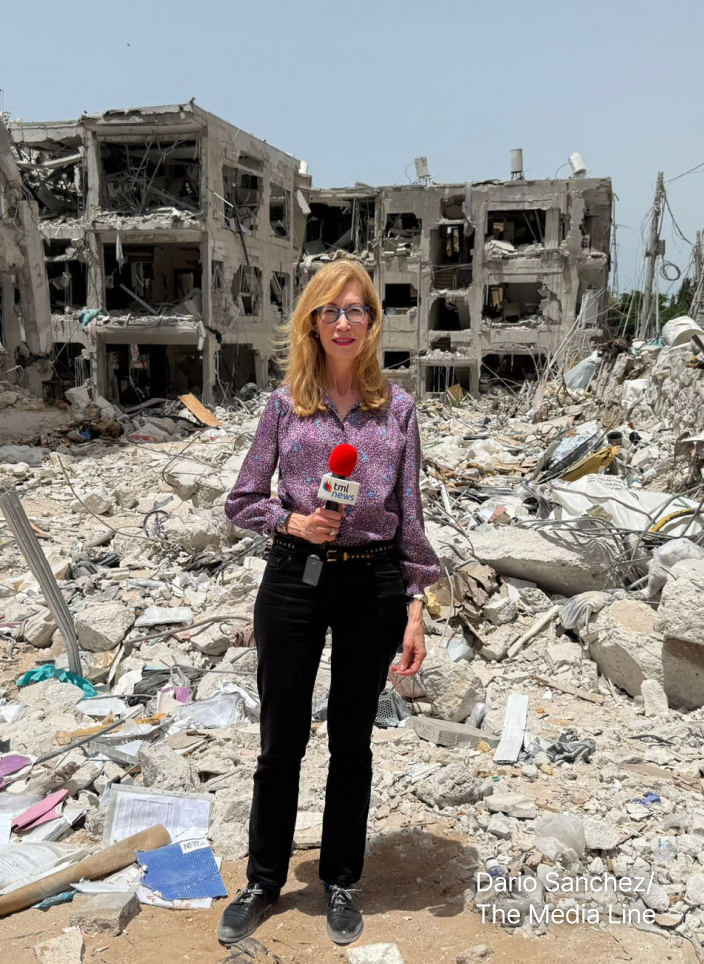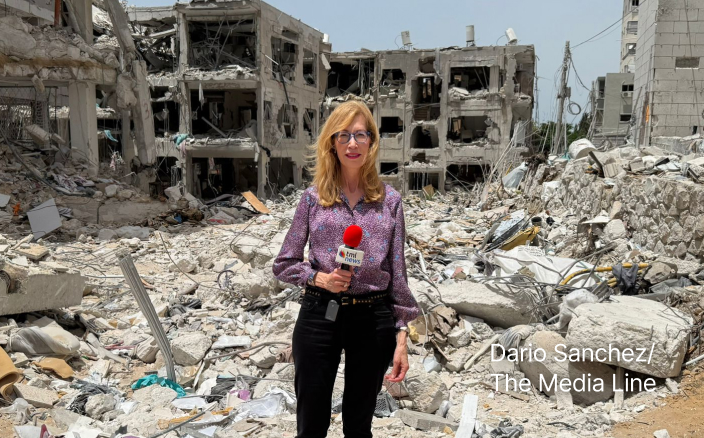Israeli Combat Engineers Confront Hidden Dangers After Ceasefires
As the war in Gaza grinds into its 20th month, Israeli combat engineers from the elite Yahalom unit are facing growing dangers from underground explosives and booby-trapped structures, especially after ceasefires. In an in-depth report by Gabriel Colodro for The Media Line, field veterans and military analysts warn that Hamas is using these lulls not for de-escalation but to rewire the battlefield—literally.
Sgt. Maj. Chaim Malespin, a veteran of Yahalom, described how areas previously cleared can quickly become lethal again. “Ceasefires are not pauses for Hamas—they’re preparation time,” he told The Media Line. On June 5, four Israeli soldiers were killed in central Gaza during a reentry operation, after hidden explosives detonated inside a building that had already been cleared once.
Give the gift of hope
We practice what we preach:
accurate, fearless journalism. But we can't do it alone.
- On the ground in Gaza, Syria, Israel, Egypt, Pakistan, and more
- Our program trained more than 100 journalists
- Calling out fake news and reporting real facts
- On the ground in Gaza, Syria, Israel, Egypt, Pakistan, and more
- Our program trained more than 100 journalists
- Calling out fake news and reporting real facts
Join us.
Support The Media Line. Save democracy.


Lt. Col. (res.) Jonathan Conricus explained that Hamas scavenges unexploded Israeli ordnance to build new improvised explosive devices, which have accounted for the majority of Israeli casualties in Gaza. Combat engineers, trained in explosives disposal and tunnel warfare, are often the first into these hostile zones—sometimes after robots and dogs give the all-clear.
Despite advanced equipment, Malespin said, Hamas exploits gaps in Israeli methods and ethics, including the army’s restraint in populated areas. The nature of underground warfare remains unpredictable and deadly, with fighters often returning to civilian life after each deployment.
Colodro’s reporting sheds light on the unique risks and moral calculations facing Israeli forces, and how Hamas’ tactics continue to evolve. Read the full story for more firsthand accounts and strategic insights from those on the front lines.

